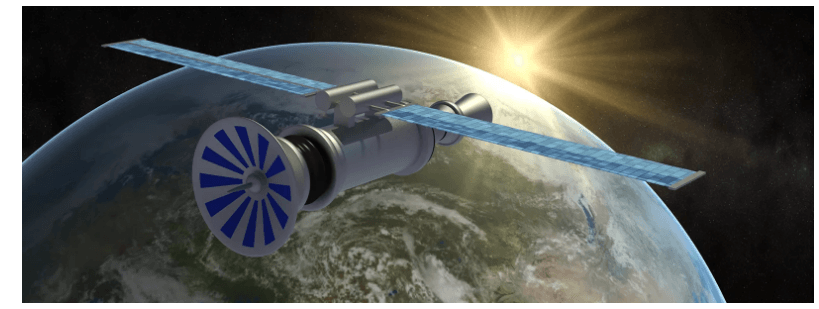Jul 30 2018
In a study led at the University of Strathclyde, imaging technology capable of a more targeted observation of Earth’s environmental conditions is being developed.
 Image credit: University of Strathclyde
Image credit: University of Strathclyde
The project is exploring the manufacture of a multispectral imaging (MSI) device which is a fraction of the size of conventional instruments. It could be fitted in nanosatellites and used to track climate change, detect forest fires, note the activity of oceans, or track shipping traffic.
The research has been given £719,000 as one of seven successful projects to secure sponsorship from the UK Space Agency’s (UKSA) Centre for Earth Observation Instrumentation (CEOI).
Researchers from Strathclyde’s Department of Physics are coordinating with partners, led by product design company Wideblue, to create MSI technology with a compact payload. It will be engineered, erected, and then tested by capturing images during a flight attached to a drone.
A commercial MSI satellite can measure up to 5.7 m x 2.5 m x 2.5 mm and 2.8 tons. The new device could be positioned on a more affordable 4 kg satellite of 10 cm x10 cm x 30 cm size, and programmed to orbit around 500 km above Earth.
Dr Daniel Oi, a Physics Lecturer at Strathclyde and the project’s lead researcher, said: “Because of the novel way it operates, this instrument could open up ways of doing Earth observation which are different from conventional operations.
“As nanosatellites are smaller, they don’t have the capacity to take a lot of data, process it and communicate it. The technology we are developing allows us to reduce the amount of data collected, with sensitivity to specific events or targets, and will enable more efficient monitoring of Earth.
“Instead of a small number of very expensive MSI satellites, our instrument could be mounted on many nanosatellites to monitor the globe continuously. No satellite can be in two places at once, so operating in this way can enable the right data to be collected at the right time.
Space Industry
“The early results of our research have been highly promising and the project is part of a significant and growing space industry in Scotland.”
Dr Graham Turnock, Chief Executive of the UK Space Agency, said: “The UK is a world leader in earth observation technology, which not only allows us to better understand the planet that we live on, but also has outstanding potential for export - providing highly skilled jobs and economic growth across the UK.
“This new funding is fundamental in our mission to grow the UK’s space economy and maintain our leadership in these science and technology areas, and I am keen to see the results.”
The project’s partners also include two Strathclyde-based research centers, the Scottish Centre for Excellence in Satellite Applications and the Centre for Signal and Image Processing.
The project’s principle of operation—an innovation on a Single-Pixel Camera—began as a research performed at the UK Quantum Imaging Quantum Technology Hub (QuantIC), in which Strathclyde is a partner.